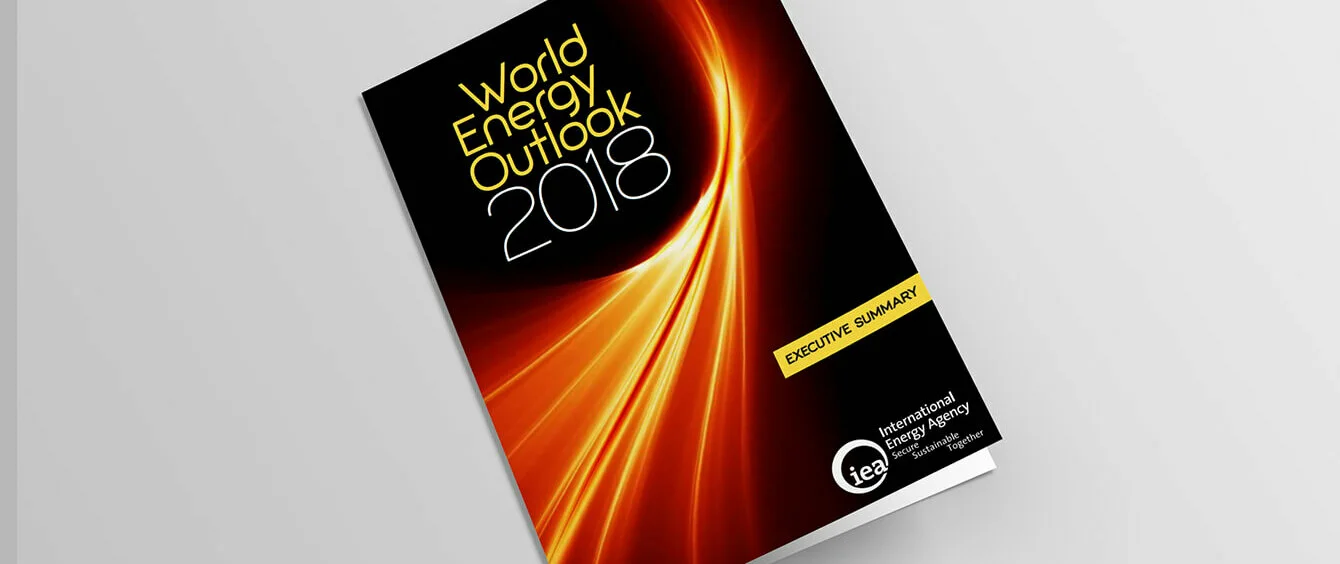Fatih Birol is certain: “The electricity sector is witnessing its most dramatic transformation since its birth more than a century ago”, underscores the Executive Director of the International Energy Agency (IEA) in the new World Energy Outlook. But this is not the only reason why the IEA has dedicated this year’s outlook to the electricity sector. This point of focus was mainly occasioned by the sector’s immeasurable significance for the future of energy supply to the human race.
Energy needs will rise by one-fourth
One of the key findings of the study, which was published in the middle of November, is that global demand for energy will increase by at least one-fourth by 2040. However, the prerequisite for this is that energy-efficient technologies are adopted. Otherwise, consumption could more than double. The main drivers of the rise in energy usage are the prognosticated growth of the world population by 1.7 billion and mounting prosperity in many countries.
Demand is expected to advance the fastest in Asia. India will consume twice as much energy in 2040 than at present. The IEA forecasts growth in China as well – albeit less pronounced than in the last two decades. Conversely, usage will decline slightly in Europe and stagnate in the USA. As a result, the geographical shift continues: In 2000, Europe and North America accounted for some 40 percent of global energy consumption and Asia for 20 percent. According to the study, these ratios will be exactly the other way around by 2040.
The biggest burden imposed by mounting energy supply is carried by the electricity sector. Demand for electricity will significantly outgrow that for energy on the whole – and be twice as high as it is today by 2040. The lion’s share (90 percent) of the expansion is taking place in emerging and developing countries. Of notable mention is that the foreseen investments in this branch of industry match the total for the oil and gas sectors combined. The share of aggregate energy usage accounted for by electricity will thus continue to rise – from 19 percent currently to about 24 percent.
Renewables gain ground with coal remaining major energy source
Coal will continue to be the most important energy fuel in electricity generation through to 2040, although its share will drop considerably. By contrast, the significance of gas, the second-most important energy source worldwide, will increase within the global electricity mix. Especially strong growth will be posted by renewable energy. Its proportion of world electricity production is set to expand from 25 today to over 40 percent. Wind and solar power dominate the expansion of electricity generation capacity – not least due to declining costs. In term of installed capacity, solar will leapfrog wind, and then hydro.
Nominal generation figures remain high although the share of the global electricity mix accounted for by coal is dropping. Savings achieved in Europe will be more than offset by the gains in Asia. Alongside China, it is above all India that is banking on coal-fired power plants. Based on calculations by the Paris experts, this will dramatically increase carbon dioxide emissions on the sub-continent. So dramatically in fact, that in the decades to come, India may well advance to second spot among carbon dioxide emitters after China and before the United States.
Photo Credits: © IEA – International Energy Agency
